10+ Delicious and Clever Ways to Eat More Vegetables
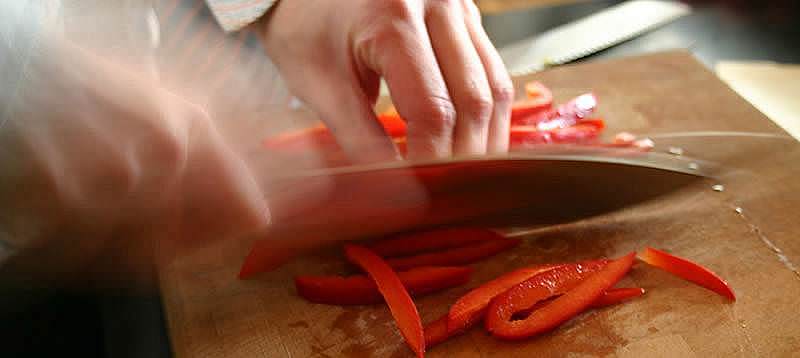
For those new to healthy cooking and haven’t a clue as to where to begin, I offer the most important piece of healthy cooking advice.
Eat Your Veggies!
While these words may have been dreaded as we were growing up; as adults, these words literary will save our lives if we heed them.
This single most important, health-improving, and life-changing thing you can do to transform your diet is to eat more vegetables.
The Power of Vegetables
Vegetables contain most of the vitamins, minerals, macronutrients, and antioxidants the human body needs to function at its best.
Numerous studies have shown that those who eat all or mostly vegetables have a better quality of life, less risk of disease, and longer longevity.
Rest assured, I’m not trying to persuade you to become a vegetarian because even meat-eaters who eat predominately vegetables can still reap these benefits.
Here’s a quick recap of just some of the research behind this notion.
Fruit and Vegetables and Health: An Overview
“A growing body of evidences suggests that the regular consumption of a diet rich in fruit and vegetables (FAV) reduces the risk of chronic human illnesses and increase lifespan and quality of life.“
Fruit, vegetables, and cancer prevention: A review of the epidemiological evidence.
“Persons with low fruit and vegetable intake (at least the lower one‐fourth of the population) experience about twice the risk of cancer compared with those with high intake“
Fruit and vegetable consumption and mortality from all causes
“This meta-analysis provides further evidence that a higher consumption of fruit and vegetables is associated with a lower risk of all cause mortality, particularly cardiovascular mortality.“
How Many Vegetables?
The traditional western dinner plate typically consists of a moderate portion of meat, a large portion of starch (i.e. rice, potatoes, pasta, etc), and a small serving of green/colorful vegetables.
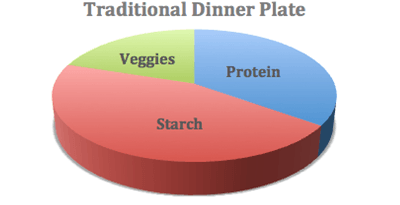
If your goal is to start cooking healthier, you will have to break free from that traditional dinner plate paradigm.
Instead, I suggest aiming for cooking a meal that contains a moderate amount of protein, multiple servings of green/colorful vegetables, and little starch. ( I often don’t eat any starch at all. )
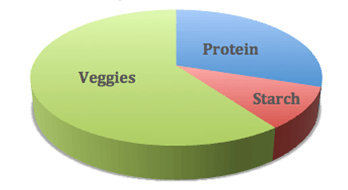
Every meal should consist of a majority of green/colorful vegetables and combinations thereof.
Some research indicates that a combination of many different vegetables and fruit creates the most protective benefit.

photo credit: Nancy D. Regan via photopin cc
Cooking with More Vegetables
Ok, that sounds great in theory, but if you have been used to cooking a certain way for 20+ years that is easier said than done.
Here are some healthy meal ideas that can help transform your cooking and drastically boost your daily vegetable consumption.
Breakfast

Instead of eating just plain scrambled eggs, sauté 3 cups of vegetables first and then scramble in the eggs.
- Season with some garlic salt, pepper, and/or hot sauce. Skip the toast.
Too busy? Make it ahead of time by placing the sautéed vegetables and raw egg mixture into lined muffin tins.
- Bake in a 350° oven for about 20-25 minutes or until eggs are set.
- These can be frozen and then eaten throughout your workweek.
Don’t be afraid to experiment with a lot of different vegetable combinations.
I often use veggies like cactus, cilantro, and hatch chili peppers for a Southwestern feel. By mixing it up, it doesn’t get boring.
Lunch

- Green leafy salads are easy lunch choices because they are loaded with vegetables.
Have a little protein with them and they’ll keep you fuller longer. Avoid salads that are made with just iceberg lettuce. - Vegetable soup is a great lunch choice.
You can make a big batch ahead of time and experiment with different combinations of vegetables. - Put extra veggies on your sandwich.
Spinach, cucumber, peppers, bean sprouts, tomato, and kale are all great choices. At sandwich shops ask for double veggies. (i.e. Subway doesn’t charge extra for veggies so tell the worker to pile them on.) - Here are more veggie-filled lunch recipes.
Snacks
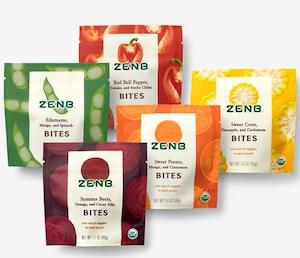 You can also get more veggies into your diet by using them as snacks.
You can also get more veggies into your diet by using them as snacks.
- Carrot sticks
- Celery sticks
- Cherry tomatoes
- Sugar snap peas
- Raw broccoli
- Raw cauliflower
- Mini sweet peppers
- And many more…
You can also look for prepared veggie-based snacks like wasabi peas or kale chips. ZENB is a brand that combines veggies along with fruit and spices to create great-tasting veggie bites. Each pouch contains a cup of vegetables!
Dinner
- Instead of cooking just one vegetable with your dinner, cook 3 instead and skip the white potato, rice, or pasta.
- Use cauliflower mash instead of mashed potatoes.
- Learn to cook Asian.
Many stir fries are predominately vegetables in tasty combinations with delicious seasonings. - Use spaghetti squash instead of pasta or thinly sliced sweet potato instead of lasagna noodles in your Italian cooking. See my eggplant parm. recipe.
- Veggie kabobs are an easy grilling option.
If you can skewer it, you can grill it! Season with Tajin or Old Bay. - Make a roast veggie meal salad.
In a 400° oven roast sweet potato, red onions, peppers, and fresh beets with some olive oil, balsamic vinegar, salt, and pepper until tender and a little caramelized on the outside. ( I separate the onions and peppers and cook those for less time.) Serve over a bed of mixed greens with some grilled chicken breast or fish. - Serve a large mixed green salad with your dinners while cutting back on the meat and starch.
- When eating a starch choose sweet potato, brown rice, quinoa, or whole wheat pasta and keep it to a much smaller portion than your green, leafy, and colorful vegetables.
- Have a meal or two a week that’s vegetarian or vegan. Here are some ideas.
Increasing the amount of plant-based foods you eat in your diet is the easiest and most effective thing that you can do to transform your health and your body. Try a lot of different vegetables and pick 5-10 that you like enough to eat on a regular basis.


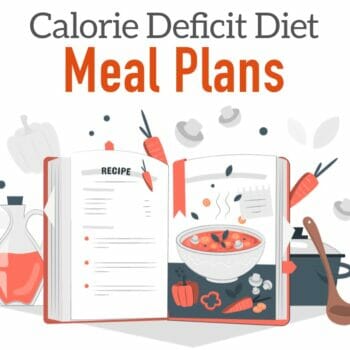 Calorie Deficit Meal Planner
Calorie Deficit Meal Planner Macro Friendly Family Dinners
Macro Friendly Family Dinners Fresh and Healthy Caprese Salad Recipe
Fresh and Healthy Caprese Salad Recipe Breakfast Burrito Bowl Recipe: Meal Prep Style
Breakfast Burrito Bowl Recipe: Meal Prep Style Use Meal Prep to Nail Your Weight Loss and Fitness Goals
Use Meal Prep to Nail Your Weight Loss and Fitness Goals